There were choices to be made in the year of 1994 and Sega or Sony was it. The new kid on the block, and the ex-new kid on the block. In the years leading up to the birth of the true 32-bit era (the Amiga Cd-32 doesn’t count) the world’s largest video game home console companies made many mistakes. Thanks to Nintendo’s reluctance to enter the cd-rom market earlier in the decade they inadvertedly created the monster that would become the Playstation brand. Sega blundered their way through a series of peripherals for the Megadrive as a stop-gap before the release of its secretive new 32-bit console and in an attempt to ward off the upcoming 3DO, CDI and of course the blooming PC-CDrom scene.

But Sega’s biggest mistake would be their reluctance to anticipate the blooming 3D polygon market. The Sega Saturn was at first a primarily 2D-focused console, and upon the news of the super-powered Sony Playstation, Sega hap-hazardly implemented 3D chips into their new console’s motherboard. I’ve heard stories of how the machine operated like two different systems at once and struggling developers were forced to learn to utilise its two processors and the many chips at once to harness the true power of the Saturn. Sadly it is this very architecture that would hinder the system throughout its life span. So much so that even executives within Sega denounced its technology.
In an attempt to halt Sony’s growing momentum, Sega released the Saturn several months earlier at a standard price of £400. This was indeed expensive and the sole reason why many early adopters waited for the Playstation instead after Sony slyly announced their console would be £50 (or was it £100?) cheaper. The launch window of games for the Saturn would not help either. Many third party releases were not on the shelves from day one because of the suddenly shifted release date. I seem to remember Virtua Fighter, Daytona USA and Clockwork Knight being the only launch titles, and the two arcade ports were incredibly choppy and visibly rushed to meet the date. I was initially blown away by the sight of these two arcade stalwarts on a home system, but when the Playstation appeared soon after in Keddies sporting its excellent conversion of Ride Racer, the difference in graphical horse power was instantly apparent.

Sounds like a depressing story doesn’t it? Going from slaying the dragon (Nintendo) in Europe to being beaten at the starting line by Sony, Sega was in trouble. However what the Saturn lacked in mainstream success and games, in retrospect, it more than makes up for with a quirky and interesting catalogue with some excellent titles. As I mentioned earlier the frustrating hardware forced developers to be creative and some truly unique games were born out of this frustration. Panzer Dragoon was the first of these, and truly wowed all onlookers in my local game stores with its unique setting, stunning music and movie quality CGI cut scenes.

There were naysayers however. The console wars continued from the 16-bit era and many a Sony fan mocked the Saturn for its rubbish 3D potential despite the beauty of Panzer Dragoon. It took Sega Rally and Virtua Fighter 2 to shut everyone up. Both conversions were absolutely stunning, with Virtua Fighter 2 particularly looking incredibly smooth. Tekken may well have been the more successful of the original 3D fighting game franchises but the secret was out. The Saturn could do 3D, though without transparencies and all of the fancy effects of its rival sure, just with a bit more hard-work.
And here is what killed the Saturn. The hard-work. Many developers shunned the system and opted instead for Sony’s fancy, trendy and more user friendly rival and the third party support began to dry up. Sega tried to make it up to their fans for the lacklustre conversions of Virtua Fighter and Daytona by releasing new, improved versions in Daytona USA Championship Circuit Edition and Virtua Fighter Remix but the impact of both games was minimal. Sony’s marketing campaign was so strong, in television and magazines, that it made the Saturn look like an uncool, ugly brat stuck in the corner of the playground. Aside from a slightly improved port of Sonic 3D from the Megadrive, the company’s primary mascot and sole reason for kicking Nintendo’s ass in the early 90’s was curiously absent thanks to the cancellation of Sonic Extreme, the touted first foray into 3D for the hedgehog. Fans were left with just a hint of what a Sega Saturn 3D Sonic game would be like in the over-world of 16-bit compilation Sonic Jam and forced to make do with an enhanced port of the isometric Megadrive game Sonic 3D. During a period where many developers were transitioning from 2D to 3D the difficulties are understandable in moving from generation to generation.

Funnily enough certain Playtation games began to appear on the Saturn. Die-Hard Trilogy, Destruction Derby and Wipeout were all converted much to the pleasure of the core Saturn audience. But when the Nintendo 64 finally hit the shelves, Sega were left with a paltry 9% of the market share and began to look towards its next console and make a series of mistakes all over again. Both the Saturn and the Dreamcast were home to a slew of excellent arcade conversions which were always improved over their iterations of the arcade. The problem was that arcades were dying in the late 90’s. Home converstions were better than their arcade counterparts. Console gaming was becoming more involved. Pound a credit influnced fifteen minutes of fun was yesterday’s news and sprawling epics were the new trend. Nobody cared about Sega’s port of Touring Car or Manx TT Superbike.
So where do I stand on the fence? At the time I was a proud Playstation owner who was very happy with Tekken, Final Fantasy and what not. But every so often, out there, over the fence, in the pages of C&VG, Sega would make me insanely jealous. Their ports of 2D fighting games were miles better than the Playstation’s own. Street Fighter Alpha 2 and Marvel Super Heroes had me foaming at the mouth. Panzer Dragoon Zwei, Nights into Dreams and Fighters Megamix were all incredibly interesting console exclusives that made me so jealous that years later I just had to own a Sega Saturn. And now I do and have become something of a collector.
The Saturn Japanese market was also much more populated and many, many conversions and exclusives never made it to the west. Certain games were only released in small quantities in the U.K and U.S and now reach ferociously extortionate prices for collectors, yet their ntsc Japanese releases still fetch acceptable prices for the most part.

In fact the system sold far better in Japan than anywhere else, probably thanks to Segata Sanshiro, the closest the system got to having its own Mascot. The ads were frankly brilliant, and featured the dude threatening the public for not owning a Saturn. Why did Sega not apply this most excellent marketing campaign idea to the west?

Sega also released a Ram-Cartridge for the Saturn that enabled arcade perfect conversions of X-men versus Street Fighter and Darkstalkers 3. Might I add these conversions were the only arcade perfect ports at the time and featured no in-game loading times whatsoever. Future conversions included Marvel Super Heroes vs Street Fighter, King of Fighers 96 and 97 and Samurai Showdown. If you were into 2d-Fighting games (like me) importing a Saturn was the only choice. A niche choice I must add.
Regarding peripherals, I would strongly suggest owners opt for the second Japanese arcade stick, as the world-wide release variation was an inferior design. The multi-tap is also a must for multiplayer action with Guardian Heroes, the sublime scrolling fighter from Treasure, and of course for the very famous Saturn Bomberman, which allows (with two multitaps mind) ten players to battle!
So to finalise, aside from the reasons above, why do I love the Sega Saturn so much?I think partly it was to do with never owning one myself as a kid and the jealousy I felt towards certain games. It’s common knowledge but the true jewel in the crown for Saturn owners always was Panzer Dragoon Saga, the third in the series. Moving the francise away from its shooter roots and embracing rpg elements, Saga is one of the greatest games of all time and a true artistic triumph for its team and the console. In comparison to the most popular games on the Playstation, like many of the Saturn’s top games, it was creative and a little odd.
For a console to succeed it needs a wide breadth of various titles in many, many genres to please as many people as possible, including an array of triple-A titles and a large, well thought out marketing campaign to advertise the facts. The Sega Saturn quite frankly lacked many, if not all of these facets. As I mentioned earlier however, to its credit it does have many diverse and unique games that the mainstream owner would see as just curios, but for the hardcore, or perhaps more open minded gamer, would lap up in complete excitement. It deserved its fate sadly, for artistically Sega were in many ways on top of their game, but from a buisness perspective they blundered over and over again.
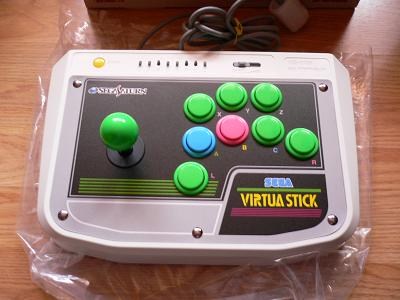
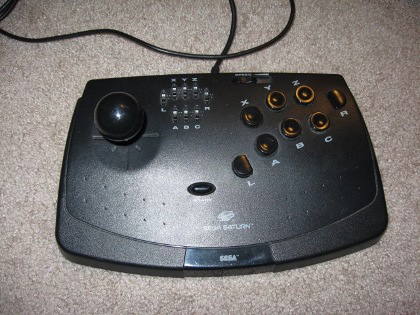






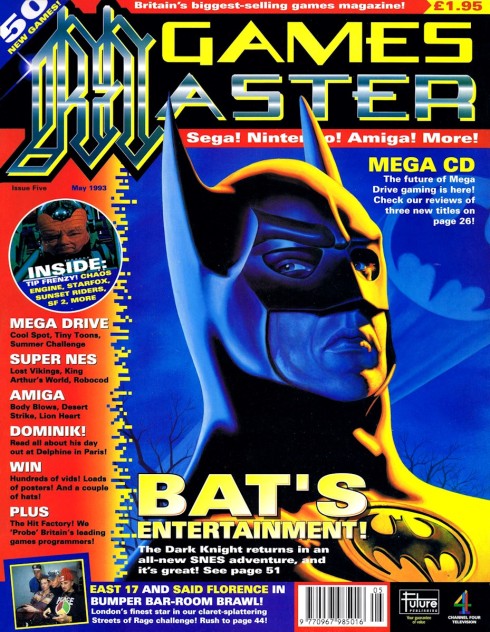




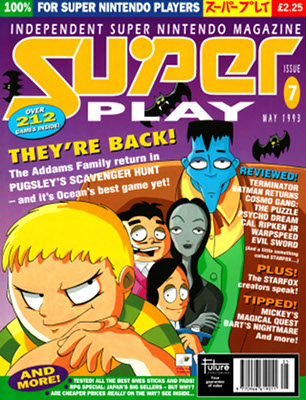
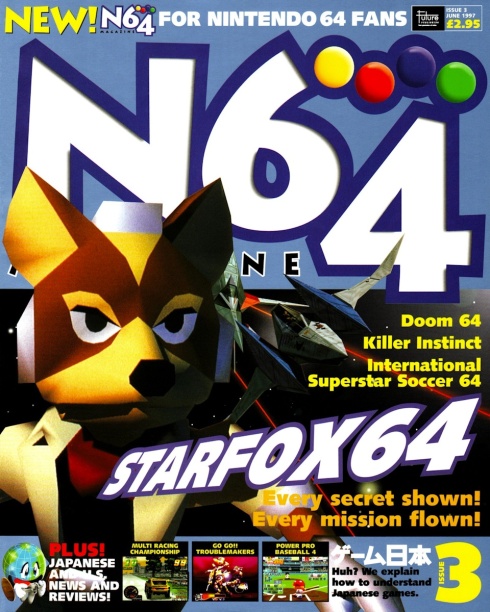
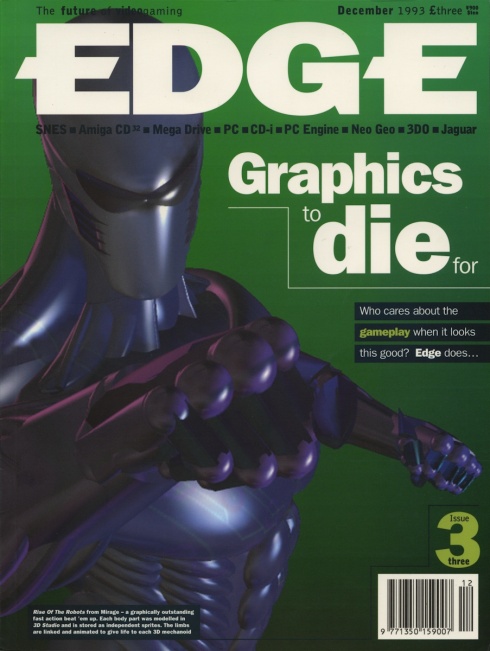

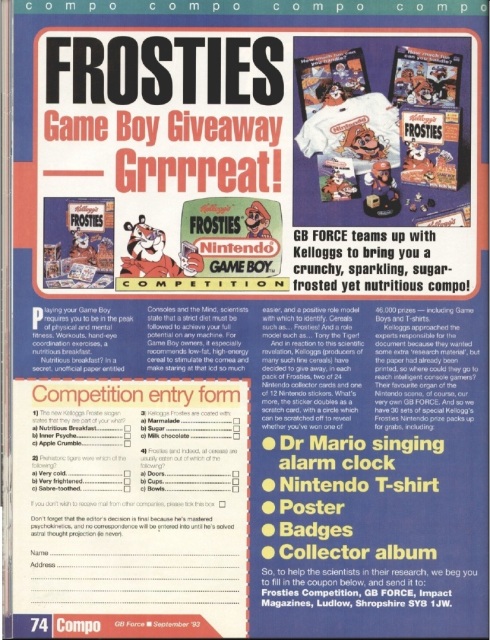
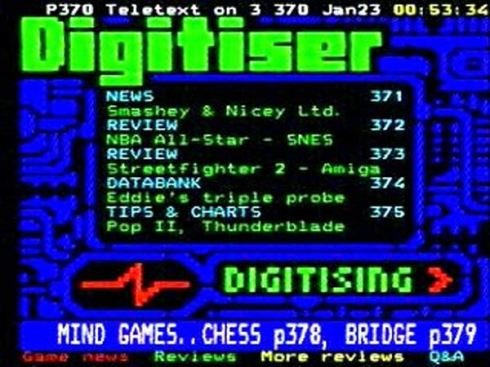













Recent Comments